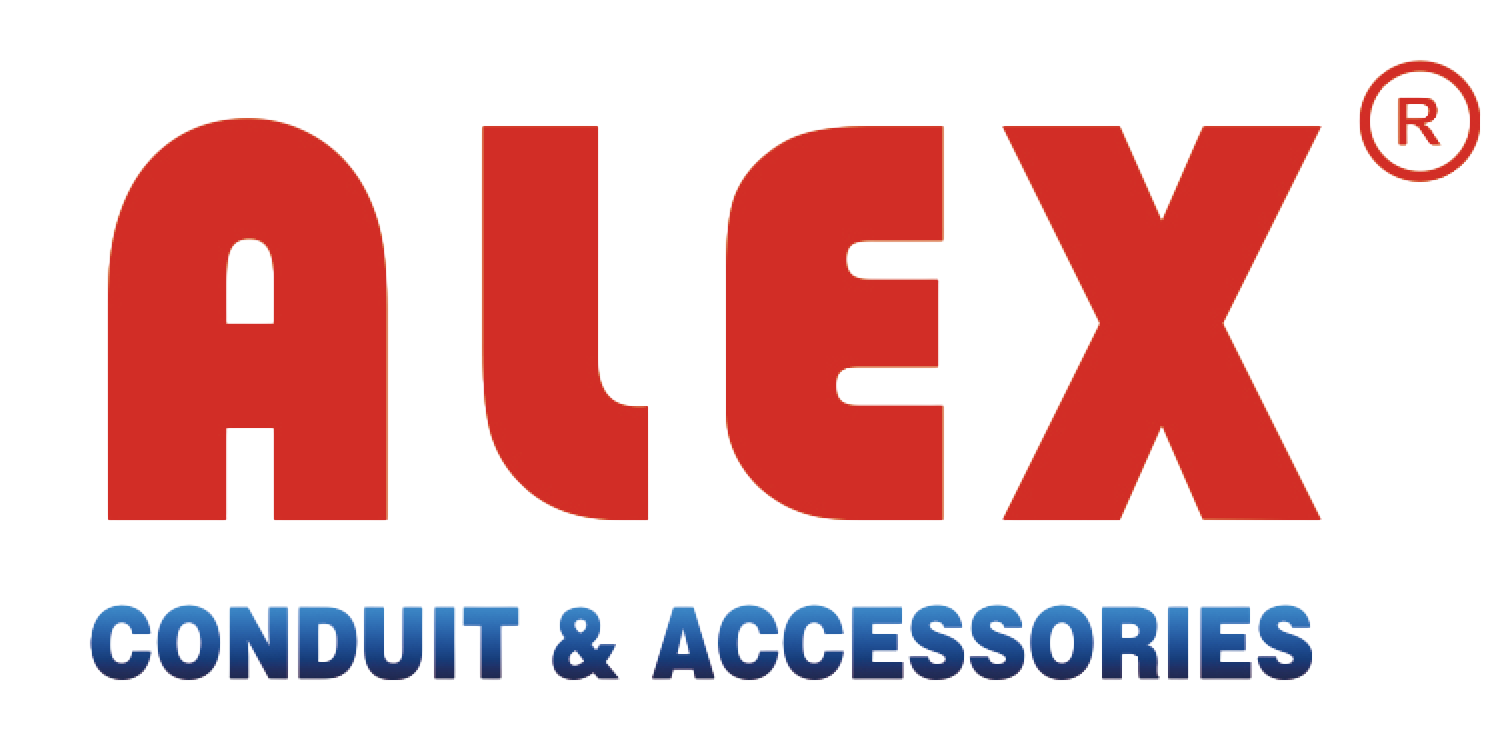The feature for EMT conduit.
H1: What Is EMT Conduit? Complete Guide to Electrical Metallic Tubing
EMT Conduit (Electrical Metallic Tubing) is a thin-wall steel conduit widely used in commercial, industrial, and residential electrical installations. Known for its light weight, excellent bendability, and strong mechanical protection, EMT is one of the most commonly used electrical conduits worldwide.
EMT is typically made from high-quality cold-rolled steel, coated with pre-galvanized or hot-dip galvanized zinc to provide long-term corrosion resistance. Because it is easy to cut, bend, and install, EMT is the preferred choice for wiring systems in buildings, factories, schools, hospitals, shopping centers, and infrastructure projects.
H2: Why EMT Conduit Is the Standard for Modern Electrical Installations
✔ Lightweight but strong
EMT provides solid mechanical protection while remaining lighter than IMC or rigid conduit.
✔ Easy to bend on-site
Electricians can bend EMT using manual benders, reducing installation time and improving flexibility in complex wiring layouts.
✔ Smooth interior surface
Ensures safe wire pulling and prevents damage to cable insulation.
✔ Corrosion-resistant
High-quality zinc coating protects against rust in indoor and outdoor environments.
✔ Cost-effective
EMT is more affordable than IMC and rigid steel conduit while still offering excellent performance.
H2: Types of EMT Conduit
1. Standard EMT Conduit
The most common type, ideal for general commercial and residential installations.
2. Hot-Dip Galvanized EMT
Used in high-corrosion environments such as coastal regions or outdoor installations.
3. Color EMT (Red / Blue / Green / Yellow)
Used for visual identification of fire alarm, power, data, or communication systems.
4. Heavy-Duty EMT
Thicker walls for extra strength; popular in Middle East and Latin America.
5. Stainless Steel EMT
The premium option for hospitals, chemical plants, and food processing facilities.
H2: How to Identify High-Quality EMT Conduit
Choosing the right EMT supplier is essential for safety and durability. High-quality EMT should have:
⭐ 1. Uniform Zinc Coating
The surface should be smooth and shiny, with no dark spots or discoloration.
⭐ 2. Accurate OD and Wall Thickness
Precision dimensions ensure perfect connection with fittings.
⭐ 3. Smooth Weld Seam
The internal seam should not scratch wires. Good factories polish or control the weld quality.
⭐ 4. Excellent Bending Performance
High-quality EMT can be bent from both top and bottom without cracking or flattening.
(This is one of ALEX’s strongest advantages.)
⭐ 5. Consistent Weight and Material Quality
Cheap EMT uses thinner or uneven steel which reduces strength and shortens lifespan.
H2: EMT Conduit Applications
EMT is widely used in:
Commercial buildings
Industrial wiring
Schools & hospitals
Shopping malls
Airports & metro stations
Data centers
Outdoor lighting installations
Solar energy systems
Power distribution projects
Residential wiring systems
Its flexibility and cost-efficiency make it the preferred choice for construction and infrastructure projects worldwide.
H2: EMT Conduit vs IMC vs Rigid Conduit
| Feature | EMT | IMC | Rigid |
|---|---|---|---|
| Wall Thickness | Thin | Medium | Thickest |
| Weight | Light | Medium | Heavy |
| Strength | Moderate | Strong | Strongest |
| Bending | Easiest | Harder | Hardest |
| Cost | Lowest | Medium | Highest |
| Best Use | General wiring | Industrial | Extreme-duty environments |
This comparison helps customers understand why EMT is the most commonly chosen conduit.
H2: Why Choose ALEX EMT Conduit?
You can proudly highlight this:
✔ Made with soft, high-grade steel
Ensures outstanding bending performance — bends from both top and bottom.
✔ Accurate dimensions and strong quality control
Every tube is checked for OD, thickness, coating, and weld seam quality.
✔ Consistent zinc coating
Strong anti-corrosion protection, ideal for humid or coastal environments.
✔ Fast production and stable delivery
Multiple production lines and large factory capacity.
✔ Trusted worldwide
Strong reputation in Egypt, Chile, Mexico, Peru, Saudi Arabia, Philippines, and more.
✔ In-house manufacturing
Unlike many trading companies, your factory controls steel, tubing, and packaging by itself.
H2: Frequently Asked Questions (FAQ)
1. Is EMT conduit waterproof?
EMT is not waterproof by itself, but it can be used outdoors with proper fittings.
2. Can EMT be used underground?
Not directly. It must be installed inside a concrete structure or approved sleeve.
3. What sizes does EMT conduit come in?
1/2" to 4" (16mm – 103mm), depending on the market
4. Is EMT better than PVC conduit?
EMT is stronger and offers better fire performance, while PVC is cheaper but less durable.
